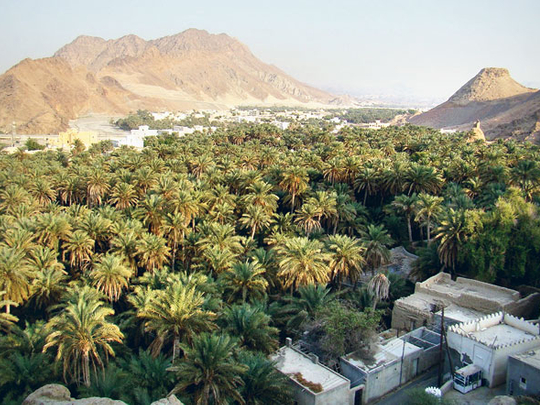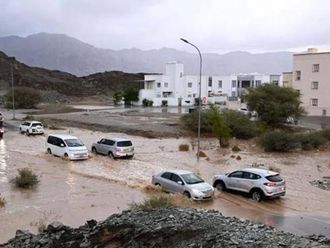
Muscat: Unique in the world, oases in Oman are under threat with plants on the fringe of extinction, according to researchers associated with the German University of Technology in Oman (GUtech).
The threat has been raised in a book Oases of Oman : Livelihood systems at the crossroads.
The book was compiled by Dr Andreas Brkert, a professor from the Department of Organic Plant Production and Agro-ecosystems Research in the Tropics and Subtropics, and Dr Eva Schlecht, a professor from the Department of Animal Husbandry in the Tropics and Subtropics of the University of Goettingen. The two researchers presented some of their research findings at lectures held over the weekend at GUtech.
During their research, Professor Brkert and Professor Schlecht detected 2,430 oases in Northern Oman by using satellite images.
They classified these oases into six different types. The plain oasis is mainly located in Al Batinah region and the plains of the west and southern Hajar Mountains.
Agriculture in these oases is based on groundwater that is pumped to the surface. Foothill Oases are located along the eastern and western Hajar Mountains.
The water supply is ensured by water accumulation in large natural wadis. Mountain oases are in the interior of the mountain range and the water supply comes from natural springs.
Urban oases use off-site water for parks and sporting facilities. Drainage oases are the largest traditional oases in Oman. They lie along the main wadi on the southern and western side of the mountain range. Their settlements are fed from an abundant supply of groundwater.
"Plain oases and urban oases are non-traditional oases that can only be irrigated by modern techniques. Foothill oases and drainage oases lie along the main wadi courses and rely on water accumulation in sediments," said Professor Brkert.
Targeting policies
"Mountain oases and Kawr Oases lie at the bottom of extensive water-bearing limestone formations, which give rise to natural springs. The oasis typology developed in our study will hopefully contribute to better targeting of policies destined to preserve Omani oases as a heritage of unique cultural value," he added.
Oman's strategic position, at the crossroads of important trading routes, provided a particular setting to host plants from many parts of the world, which were then further developed by early agro-pastoral societies in oases often isolated by steep mountains.
"Unfortunately, nowadays many of these varieties are at the fringe of extinction due to the disappearance of traditional livelihood systems on the Arabian Peninsula," adds said Professor Brkert.
He added that a possible solution to stop the extinction of traditional Omani settlements may be to attract the interest of local people in preserving oasis agriculture.












